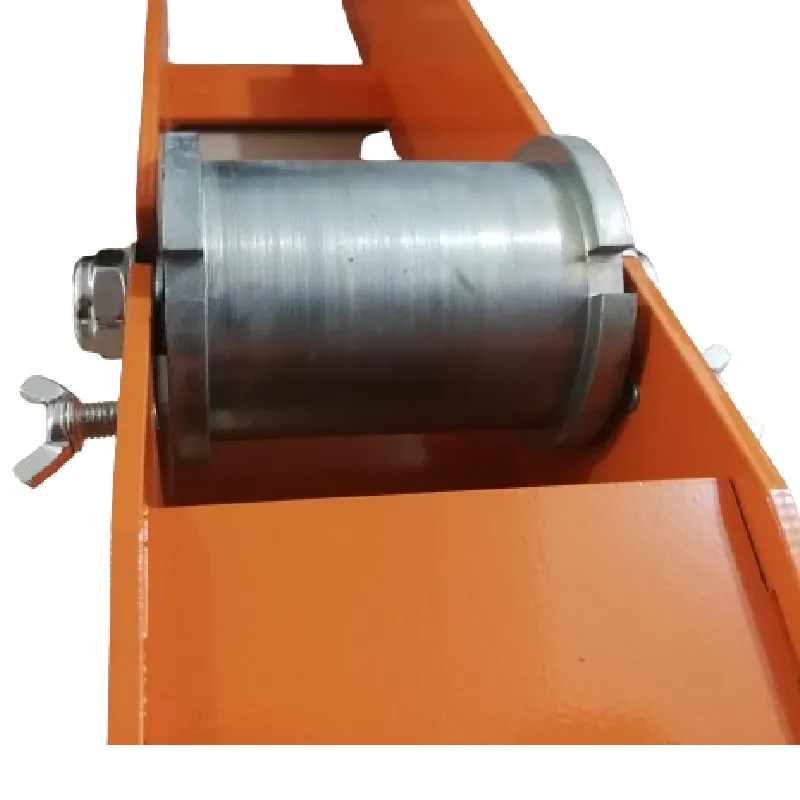
-
 Afrikaans
Afrikaans -
 Albanian
Albanian -
 Amharic
Amharic -
 Arabic
Arabic -
 Armenian
Armenian -
 Azerbaijani
Azerbaijani -
 Basque
Basque -
 Belarusian
Belarusian -
 Bengali
Bengali -
 Bosnian
Bosnian -
 Bulgarian
Bulgarian -
 Catalan
Catalan -
 Cebuano
Cebuano -
 Corsican
Corsican -
 Croatian
Croatian -
 Czech
Czech -
 Danish
Danish -
 Dutch
Dutch -
 English
English -
 Esperanto
Esperanto -
 Estonian
Estonian -
 Finnish
Finnish -
 French
French -
 Frisian
Frisian -
 Galician
Galician -
 Georgian
Georgian -
 German
German -
 Greek
Greek -
 Gujarati
Gujarati -
 Haitian Creole
Haitian Creole -
 hausa
hausa -
 hawaiian
hawaiian -
 Hebrew
Hebrew -
 Hindi
Hindi -
 Miao
Miao -
 Hungarian
Hungarian -
 Icelandic
Icelandic -
 igbo
igbo -
 Indonesian
Indonesian -
 irish
irish -
 Italian
Italian -
 Japanese
Japanese -
 Javanese
Javanese -
 Kannada
Kannada -
 kazakh
kazakh -
 Khmer
Khmer -
 Rwandese
Rwandese -
 Korean
Korean -
 Kurdish
Kurdish -
 Kyrgyz
Kyrgyz -
 Lao
Lao -
 Latin
Latin -
 Latvian
Latvian -
 Lithuanian
Lithuanian -
 Luxembourgish
Luxembourgish -
 Macedonian
Macedonian -
 Malgashi
Malgashi -
 Malay
Malay -
 Malayalam
Malayalam -
 Maltese
Maltese -
 Maori
Maori -
 Marathi
Marathi -
 Mongolian
Mongolian -
 Myanmar
Myanmar -
 Nepali
Nepali -
 Norwegian
Norwegian -
 Norwegian
Norwegian -
 Occitan
Occitan -
 Pashto
Pashto -
 Persian
Persian -
 Polish
Polish -
 Portuguese
Portuguese -
 Punjabi
Punjabi -
 Romanian
Romanian -
 Russian
Russian -
 Samoan
Samoan -
 Scottish Gaelic
Scottish Gaelic -
 Serbian
Serbian -
 Sesotho
Sesotho -
 Shona
Shona -
 Sindhi
Sindhi -
 Sinhala
Sinhala -
 Slovak
Slovak -
 Slovenian
Slovenian -
 Somali
Somali -
 Spanish
Spanish -
 Sundanese
Sundanese -
 Swahili
Swahili -
 Swedish
Swedish -
 Tagalog
Tagalog -
 Tajik
Tajik -
 Tamil
Tamil -
 Tatar
Tatar -
 Telugu
Telugu -
 Thai
Thai -
 Turkish
Turkish -
 Turkmen
Turkmen -
 Ukrainian
Ukrainian -
 Urdu
Urdu -
 Uighur
Uighur -
 Uzbek
Uzbek -
 Vietnamese
Vietnamese -
 Welsh
Welsh -
 Bantu
Bantu -
 Yiddish
Yiddish -
 Yoruba
Yoruba -
 Zulu
Zulu


Aug . 07, 2024 13:25 Back to list
Exploring the World of Large Fish Tapes and Their Unique Features and Applications
The Big Fish Tape Unraveling its Significance in Wire Management and Beyond
In the realm of wire management and electrical installations, the term “large fish tape” might not be familiar to everyone, but it holds significant importance for professionals and DIY enthusiasts alike. This essential tool has transformed the way electricians and contractors handle wiring tasks, making it easier to pull cables through conduits and tight spaces. Understanding the concept of large fish tape, its design, applications, and advantages can shed light on its pivotal role in various projects.
Fish tape is a slender, flexible tool traditionally used for pulling electric wires through walls and ceilings. Its basic structure consists of a long, flat piece of spring steel or fiberglass that can be easily navigated through conduits. The term “large fish tape” typically refers to tapes that are longer and wider, designed to handle larger cables, such as those used in commercial and industrial settings. The increased size greatly enhances the tool’s capability, enabling users to pull multiple wires at once or navigate through larger conduits without sacrificing ease of use.
One of the primary benefits of large fish tape is its ability to save time during installation. When dealing with extensive wiring systems, the task can become cumbersome if each wire must be pulled individually. With a large fish tape, professionals can easily manage several wires simultaneously. This efficiency not only streamlines the electrical installation process but also significantly reduces labor costs. As time is money in any construction or renovation project, using the right tool can be a game-changer.
large fish tape

In terms of practical design, large fish tapes often come in various materials suited for specific tasks. Steel fish tapes, for example, are known for their durability and strength, making them ideal for heavy-duty applications. On the other hand, fiberglass fish tapes are lighter and more flexible, allowing for easier maneuverability in tight spaces. Some advanced models even feature a leader or attachment point, where an electrician can connect the wire to the fish tape easily, ensuring a smooth transition during the pulling process.
Beyond traditional electrical work, the applications of large fish tape extend to a variety of industries. Telecommunications, HVAC installations, and even home improvement projects can benefit from its use. For example, when installing network cables in a commercial building, large fish tape allows installers to efficiently run cables through walls, minimizing disruption and maximizing productivity. Similarly, HVAC technicians can utilize it to route refrigerant lines and wiring, ensuring optimal functionality of heating and cooling systems.
However, while large fish tape offers numerous advantages, it is essential to use it properly to avoid damage to cables or conduits. Professionals should be trained to understand the correct techniques for navigating tight bends and turns while pulling wires. Additionally, maintaining the fish tape and ensuring it is free from rust or kinks will prolong its lifespan and reliability for future jobs.
In conclusion, the large fish tape is an invaluable tool that enhances efficiency and productivity in various wiring and installation tasks. Its significance transcends the realm of electrical work, impacting other industries as well. As technology advances, we can expect further innovations in fish tape design and functionality, ushering in an era of even greater efficiency in wire management. For professionals and DIY enthusiasts, understanding and mastering the use of large fish tape can make all the difference in achieving high-quality results and completing projects successfully.
Latest news
duct-rodders-and-conduit-rod-tools
NewsAug.22,2025
ratchet-pullers-and-wire-tightening-tools
NewsAug.22,2025
chain-ratchet-pullers-and-hoist-solutions
NewsAug.22,2025
telescopic-hot-stick-for-electrical-and-high-voltage-use
NewsAug.22,2025
cable-clamp-and-insulated-cable-clamp-systems
NewsAug.22,2025
duct-rodder-conduit-rodder-and-cable-solutions
NewsAug.22,2025








